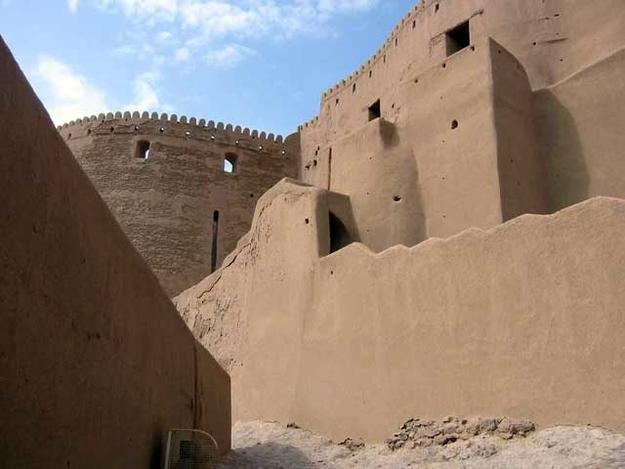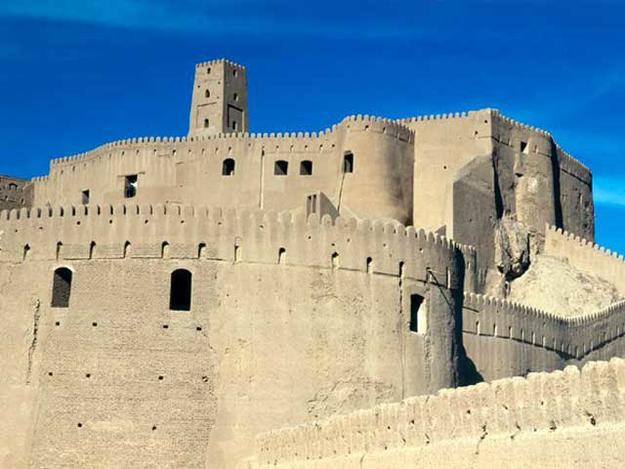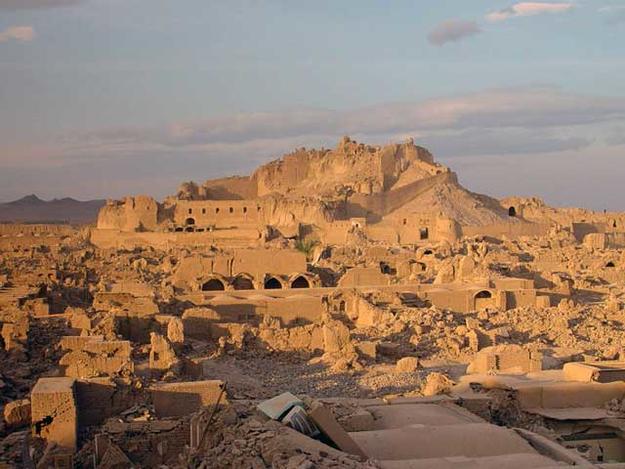Bam
2006 World Monuments Watch
Thought to have been founded as a Parthian military outpost in the Dasht’e Desert sometime in the third to second centuries B.C., the Arg-e-Bam, or citadel of Bam, is the largest extant mud-brick complex in the world. It was built and rebuilt several times during its turbulent history, particularly during the Sassanian (224–651) and Safavid periods (1501–1736), when Bam flourished as a trading hub and pilgrimage center.
After a devastating Afghan attack in 1722, many of Bam’s citizens fled. The city later became a military garrison and was eventually abandoned. The ancient city had been remarkably well preserved until a devastating earthquake struck the region on December 26, 2003, leaving in its wake 40,000 dead and 85 percent of Bam’s standing architecture in ruins, including the citadel.
Shortly after the earthquake, the citadel of Bam and its cultural landscape was declared a UNESCO World Heritage Site, and simultaneously inscribed on the List of World Heritage in Danger. Buildings damaged in the quake became highly vulnerable to wind erosion and needed to be stabilized. An unanticipated consequence of the disaster and subsequent debris-clearing efforts was the discovery of previously unknown archaeological remains, which had to be stabilized and conserved. In order to raise awareness about the challenges facing the site, the citadel of Bam was included on the World Monuments Watch in 2006.
Since the Watch
A team of experts coordinated by the UNESCO Tehran Cluster Office and the Iran Cultural Heritage, Handcrafts and Tourism Organization prepared a comprehensive management plan for the ten-year period 2008-2017. UNESCO and other international agencies supplied funds for conservation projects, and the site was removed from the List of World Heritage in Danger in June 2013. Conservation works have continued since, and it is expected that the site will be completely reopened to the public in March 2017.



